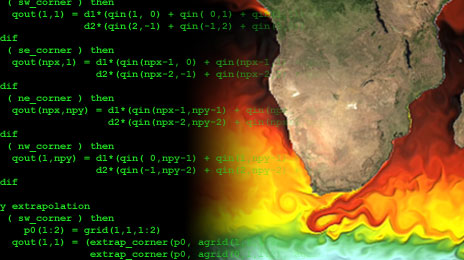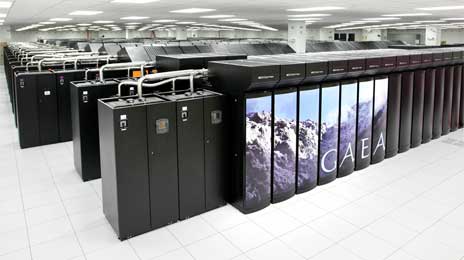GFDL’s Contributions to the Intergovernmental Panel on Climate Change, 5th Assessment Report
GFDL scientists played an important role in the Fifth Assessment Report (AR5) of the United Nations Intergovernmental Panel on Climate Change (IPCC) when it was published in September 2013. World-wide, more than 800 scientists worked on this IPCC report for nearly six years. A total of 14 GFDL scientists contributed as authors to six chapters of Working Group I’s report on the physical science basis for this assessment. GFDL was one of several international modeling centers participating in the IPCC, contributing six of the models used for climate assessments in the report. The lab also devoted the equivalent of more than nine months of supercomputing time to produce climate simulations for the IPCC.

Contributors
Out of 258 experts contributing to Working Group I’s report, more than two dozen were GFDL scientists. The lab’s director (V. Ramaswamy) was a coauthor of the Summary for Policymakers of Working Group I’s report for AR5. Three GFDL scientists were lead authors of chapters; twelve were contributing authors; and two were review editors. In addition, 24 GFDL scientists served as Expert Reviewers of Working Group I’s report.

Papers
Working Group I’s report for AR5 was over 2,000 pages long and cited 9,200 scientific publications. Nearly 200 papers from GFDL scientists were among those cited.

Data
For AR5, GFDL used an average of 42% of the lab’s High-Performance Computer System over 22 months. This represents 13% of the system over the six-year period since GFDL ran experiments for the last IPCC Assessment Report, AR4. GFDL’s contribution of data , 188 TB, is comparable to the entire archive (all experiments, from every participating model) used to support the 4th Assessment of the IPCC in 2007.

Models
GFDL has had a central role in each assessment of the Intergovernmental Panel on Climate Change since 1990, when their first report was issued. For the most recent assessment (AR5) GFDL contributed six of the models used for climate assessments and devoted the equivalent of more than 9 months of supercomputing time to produce climate simulations for the IPCC.


